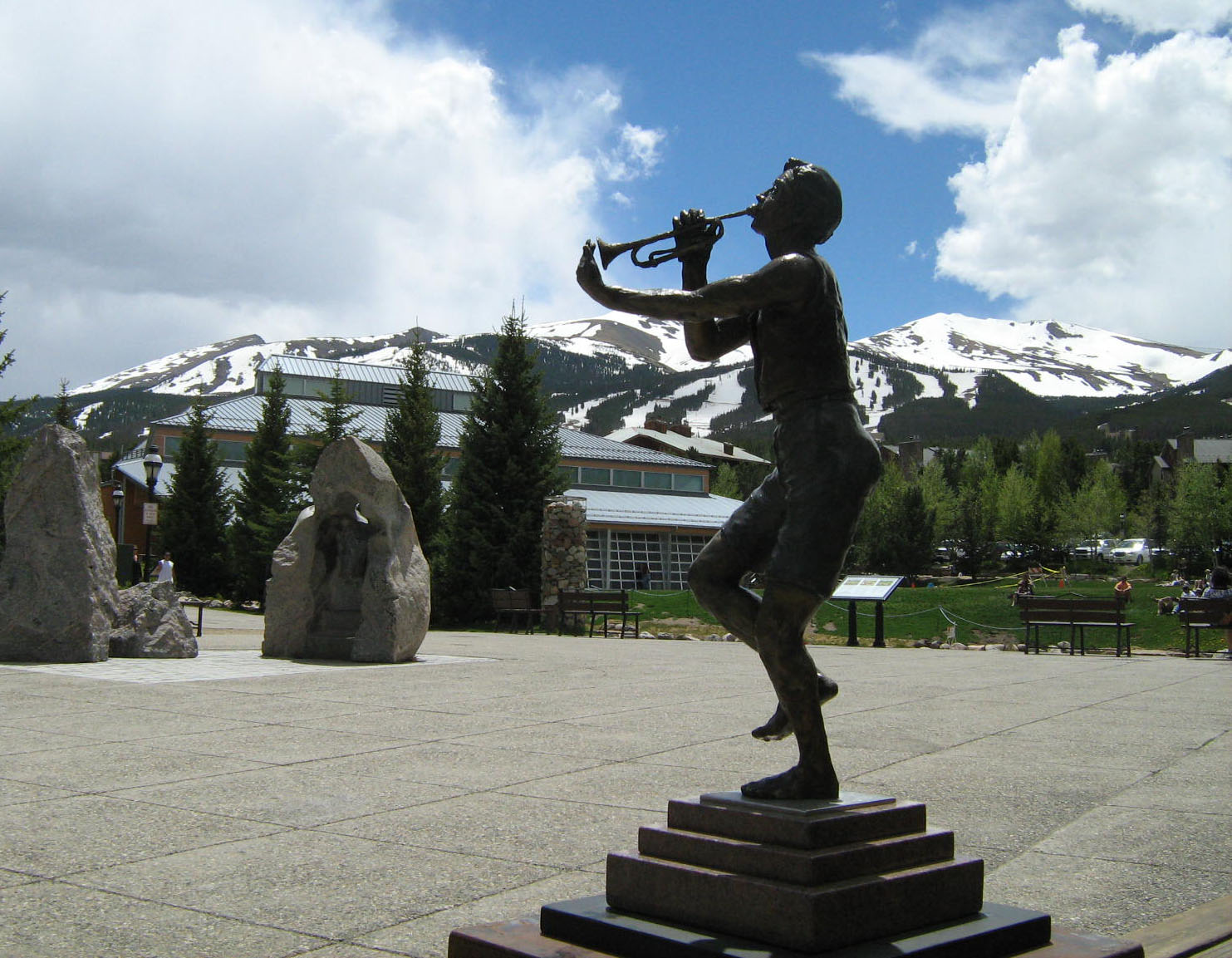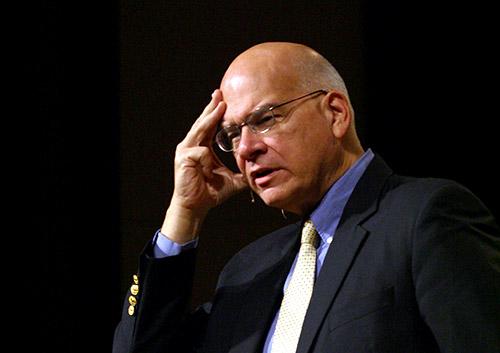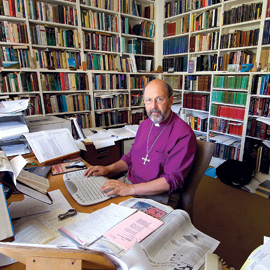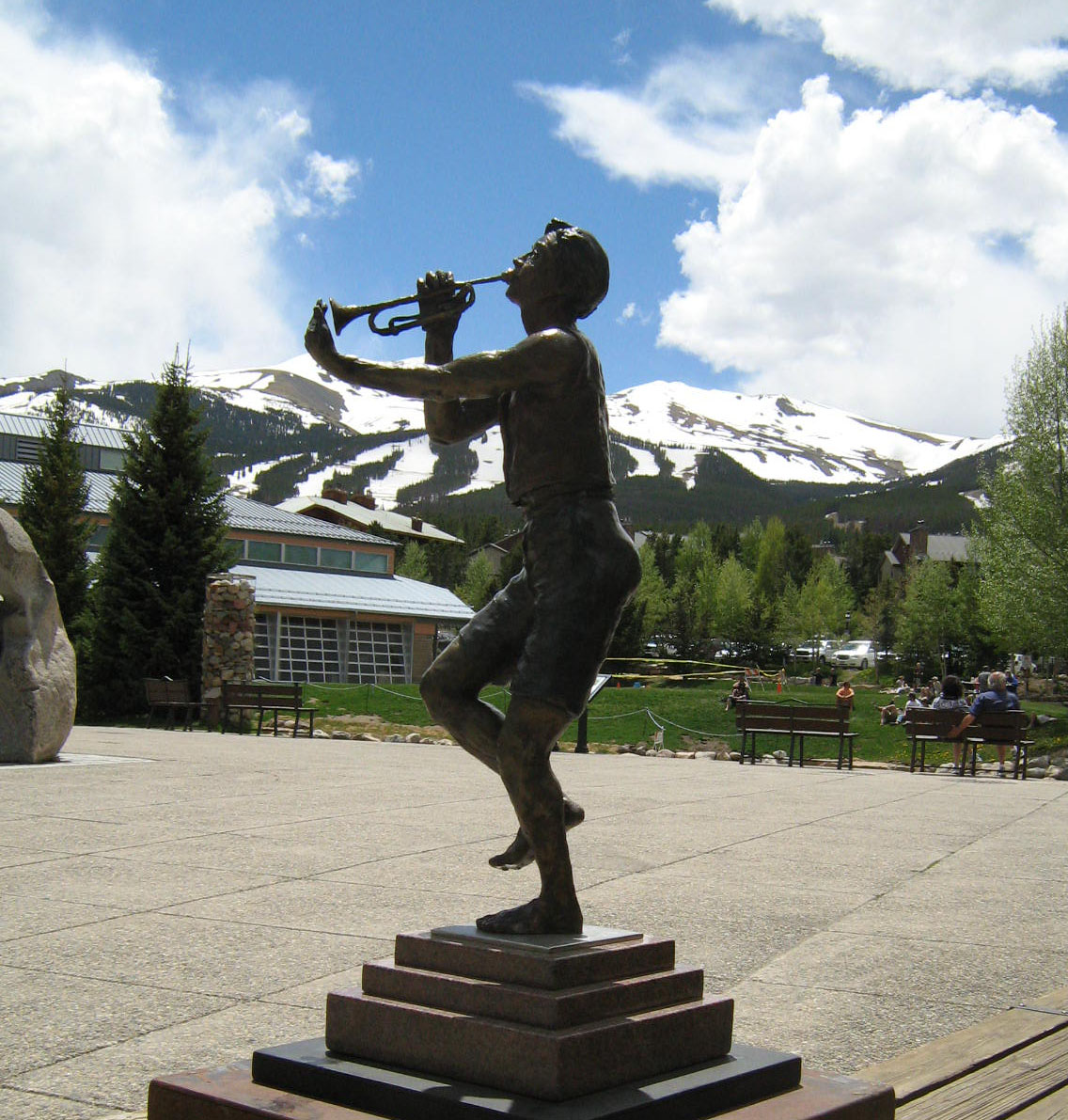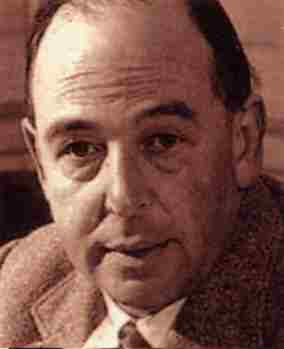 Below is an excerpt from a thoughtful article on CS Lewis's
Below is an excerpt from a thoughtful article on CS Lewis's
perspectives on aesthetics, which involves a set of standards for beauty and art. The article is by Dr. David Naugle, and was excerpted (see link at the end of this article).
For Lewis, a work of art was always a sub-creation, which I (not Lewis or Tolkien) define as a creative work made under God the creator — a sub-creation — for his glory and human good out of very good things God had already made. God created ex nihilo; we create ex creatio, out of previously existing, created material. As Lewis stated in Letters to Malcomb, “We — even our poets and musicians and inventors — never in the ultimate sense, make. We only build.” [8]
Thus, Lewis did value the creation of culture and art in God the creator; and with this order in mind, let’s take a walk with C. S. Lewis and see what he has to say about the arts and aesthetics specifically. If we were walking with him side by side, say along Addison’s walk under the shade of its beautiful trees, I think he would share at least these five things.
First, the beauty (along with truth and goodness) in art and aesthetics is objective.
That is to say, Lewis did not believe that the way things are, reality as such beauty included (along with truth and goodness), was merely in the eye of the beholder in some sort of poisonous, person-relative, subjective sense. Rather Lewis believed in the existence of an objectively true reality, the way things really are. He called it the Tao — a Chinese word he used to convey the notion of an objective natural law that constituted reality and was spread over everything, beauty included (along with truth and goodness).
Morality is rooted in God and his character. The Ten Commandments reveal His holy character; the ten words also clarify and declare what He expects from us morally. Similarly, beauty is rooted in God and his character. Yet we don’t have ten aesthetic commandments since, apparently, we are to work these out culturally in the working out our aesthetics. We have settled on ideas such as order, balance, proportion, brightness, clarity and so on as essential aesthetic and artistic properties.
Lewis, I think, would agree. For example, he said in The Abolition of Man that true truth or true beauty, and education in true truth and true beauty should enable the student to discern the objectively existing sublimity that exists, say, in a waterfall. Such recognition was not merely the subjective state of the observer, a view in ethics called “emotivism.” Rather, as Lewis stated in The Abolition of Man, “It is the doctrine of objective value, the belief that certain attitudes are really true, and others really false, to the kind of thing the universe is and the kind of things we are.” [9] The beauty (along with truth and goodness) that comes through creation can be accepted or rejected, depending on the inner state of the observer. This is seen in the alternative responses of Digory and Polly in comparison with Uncle Andrew in The Magician’s Nephew, people who respond to Aslan’s creation with two very different kinds of hearts. [10]
It was an empty world when Digory and Polly first arrived, very much like nothing. But then in the chaos, a Voice began to sing in the most sonorous tones imaginable. All at once the blackness overhead was ablaze with stars who joined in on the chorus, though in lesser voices. As the main Voice reached a crescendo, the sun was born, laughing for joy as it arose! In the fresh light of the young sun stood the Lion Aslan — huge, shaggy, and bright as it was singing the new world into being. As his song continued, the valley grew green, trees were born, flowers blossomed, and then, as a stretch of grassy land was bubbling up like water in a pot and swelling into humps, out came the animals great and small.
Then in a solemn moment, there was a flash of fire and Aslan’s fiat: “Narnia, Narnia, Narnia, awake. Love. Think. Speak. Be walking trees. Be talking beasts. Be divine waters” (116). Aslan then said to them: “Creatures, I give you yourselves. . . . I give to you forever this land of Narnia. I give you the woods, the fruits, the rivers. I give you the stars and I give you myself” (118). Thus, the creation of Narnia was then complete.
However, all this looked totally different from Uncle Andrew’s perspective (not to mentioned Queen Jadis, for she also hated it). When Uncle Andrew first heard the Voice, and the stars shone, and the first light of the sun was revealed, Uncle Andrew’s mouth fell open, but not with joy like Digory and Polly. He did not like the Voice.
It was that song of the Lion’s that he detested more than anything else. It made him think and feel things he just did not want to think and feel. So he convinced himself completely that it was nothing but an ugly roar.
He soon did hear nothing but roaring in Aslan’s song. Soon he couldn’t have heard anything else even if he had wanted to. And when at last the Lion spoke and said, “Narnia awake,” he didn’t hear any words: he heard only a snarl. And when the Beasts spoke in answer, he heard only barkings, growlings, bayings and howlings. And when they laughed—well, you can imagine. That was worse for Uncle Andrew than anything that had happened yet. Such a horrid, bloodthirsty din of hungry and angry brutes he had never heard in his life (126).
But why did Uncle Andrew interpret the founding of Narnia by Aslan’s song in such a dreadful manner? What was it about him that gave him such a different view of this enchanted world? Lewis’s answer was this, right there in the text: “For what you see and hear depends a good deal on where you are standing: it also depends on what sort of person you are.” (125)
Unable to see the true, objective, God-given truth, goodness and beauty of things, Uncle Andrew, to use expressions from The Abolition of Man, was simply a trousered ape, and an urban blockhead. And since he also lacked any inward desire or emotion or unction to observe and do the right things, he was, as Lewis also offered in Abolition, a man without a chest.
A trousered ape, by the way, Lewis said was the kind that could only conceive of, say, the Atlantic Ocean as so many million tons of cold salt water.
Artists of various kinds, can fall prey to the same condition as Uncle Andrew: they, too, can be trousered or skirted apes, urban block heads, and chestless human beings who are not really human at all, failing to see and express the glory in things and lacking ordained affections and just sentiments as well. Or artists can stand and see and be like Digory and Polly, and discern and celebrate and express artistically the true objective truth, goodness and beauty in the whole of creation. So, the first thing we learn from Lewis is the objective nature of truth, goodness and beauty in culture and the arts. We must see it, seek it out, capture, and express it.
Second, art and aesthetics can be signposts pointing to God and true joy.
Multiple experiences he remembered, of nature, art, and literature may evoke within him, and us, an experience of intense longing and desire for joy. The Germans, Lewis says, called this longing and desire Sehnsucht, described by Lewis in these words in the preface to the third edition of The Pilgrim’s Regress.
That unnameable something, desire for which pierces us like a rapier at the smell of a bonfire, the sound of wild ducks flying overhead, the title of The Well at the World’s End, the opening lines of Kubla Khan, the morning cobwebs in late summer, or the noise of the falling waves? [11]
In Surprised by Joy, Lewis says it …
… is that of an unsatisfied desire which is itself more desirable than any other satisfaction. I call it Joy, which is here a technical term and must be sharply distinguished both from Happiness and from Pleasure. Joy (in my sense) has indeed one characteristic… in common with them; the fact that anyone who has experienced it will want it again. [12]
The interesting thing for Lewis was that the existence of this need communicated as it was through art and this world was not to be confused with art or this world that is, by the means of communication (many sadly do this, however). Rather, art and this world pointed to God as the source and solution of this needed joy. Hear Lewis in perhaps his most famous book, Mere Christianity:
To read more, follow the link below:
http://www.cslewis.com/with-their-christianity-latent-c-s-lewis-on-the-arts/











